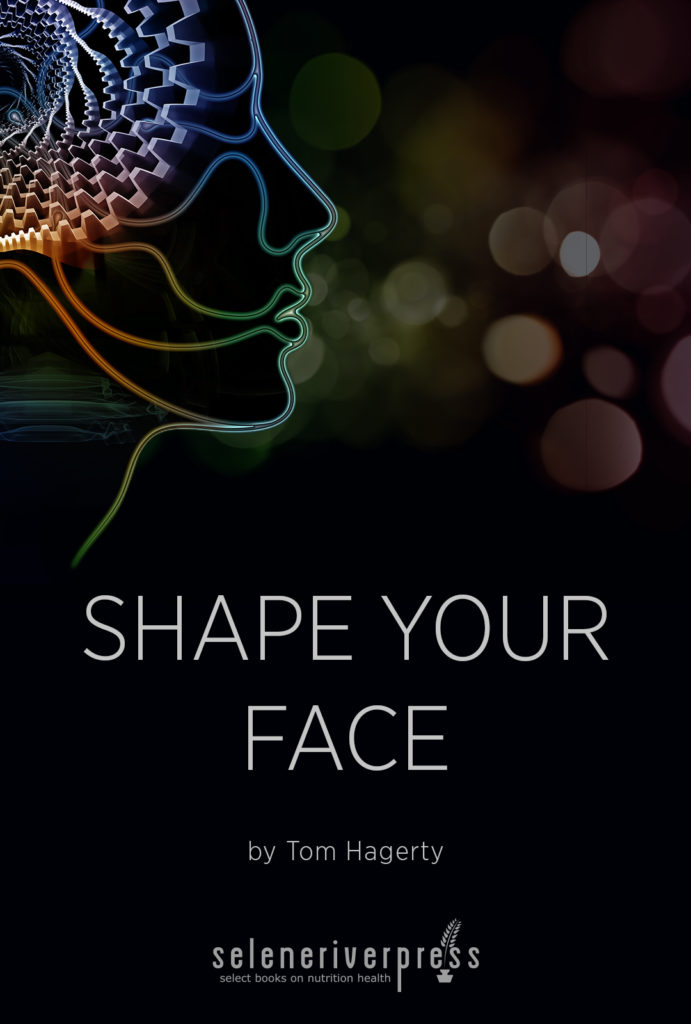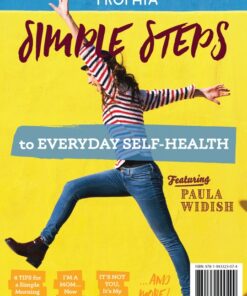Did you know surgery isn’t the only option when it comes to getting your face and neck back in shape? Heck, did you even know your face and neck could be out of shape?
Getting your face back in shape is really just a reference to improving any sagging or wrinkling you’ve experienced over the years. And face fitness instructor Tom Hagerty is showing all of us how to do it naturally with his new guide, Shape Your Face: Six Exercises to Tone the Muscles of the Face and Front of the Neck.
Now if you’re having visions of hunting down tiny dumbbells and perfecting your lip curl or strapping a resistance band to both ears and stretching it as far as you can, I assure you Mr. Hagerty has made it much easier than that—though conjuring those images does make me giggle. Wait, should I be worried about laugh lines? Better get back to the exercises! ;)
When I wrote about the age of my neck a few weeks ago, the folks here at Selene River Press informed me that they were working on this new guide in order to share Hagerty’s know-how with the masses. And they were kind enough to gift me an advance copy of the booklet and videos. Yes, you read that correctly: there is a video for each of the six exercises, with Hagerty illustrating their proper form, plus a couple of bonus ones. SRP has us visual learners covered too!
My approach to familiarizing myself with the exercises was to read the appropriate section in the booklet and then watch the video. I was quite pleased with myself as I moved through the first four exercises, working the muscles around my eyes, mouth, chin, and front of my neck, and then I came to…the scalp exercise. Hagerty warns readers that this is the most difficult one to master, and, boy, he isn’t kidding.
The scalp exercise involves two movements, the first of which we all do without thinking on a daily basis—slightly raising our eyebrows. Piece of cake, right? It’s the second movement that made me envious of all those people who worked out that parlor trick of wiggling one’s ears, which requires control over the occipitalis muscle (on the back of the head) and is the basis of this exercise. If, like me, you haven’t been using this muscle, chances are pretty good you won’t have much control over it at the get-go.
But fear not. Rather than leave you discouraged when the going gets tough, Hagerty offers extra instruction to master the scalp exercise in the form of an additional video and tip within the booklet. His “pillow technique” helps by having your own head sense even the slightest movement of your ears that you can muster. You simply lie back on a pillow and concentrate on pulling your ears back, and the pillow acts as a biofeedback monitor, helping you feel each contraction of your ears. Cool, huh?
Yet I cannot tell a lie! Even with the pillow tip, the scalp exercise still has me baffled. But I’m gonna keep working on it. Among its rewards, Hagerty says, are a lift of the entire upper face and even the disappearance of any vertical or horizontal lines on the forehead. And it feels like the kind of workout that will increase the circulation in my scalp. Definitely a plus.
I was relieved to get to the final exercise—working the whole lower face—and find that I could complete it quite easily. Though be warned, as Hagerty tells you, you may look a tad ridiculous as you do it. But, hey, I take great pride in my willingness to do just that. :)
All in all, the entire workout can be completed in fifteen minutes at most. The quick reference guide at the end of the booklet is a handy tool you can print out and use to remind yourself of the exercises and their steps. Now that I have them down, I find myself doing some of them during the day as I do other things. For example, it’s easy to do the chin muscle exercise while I’m out on my morning walk, and the eye muscles exercise is a perfect break from staring at my computer screen.
The results you experience, Hagerty says, depend on your dedication to the program as well as the willingness to alter any lifestyle habits that work against your efforts (e.g., stopping smoking). His program isn’t a quick fix, but once you’ve run through the exercises with each video and read the booklet—including the additional information on nutrition, sun exposure, dry skin remedies, and skin care product recommendations—you’ll know just what you need to to get your neck and face back in shape.
I know I’m excited to see what kind of results I end up with. Here’s to firm cheeks and smooth foreheads in our future!
Image from iStock/RossHelen.



